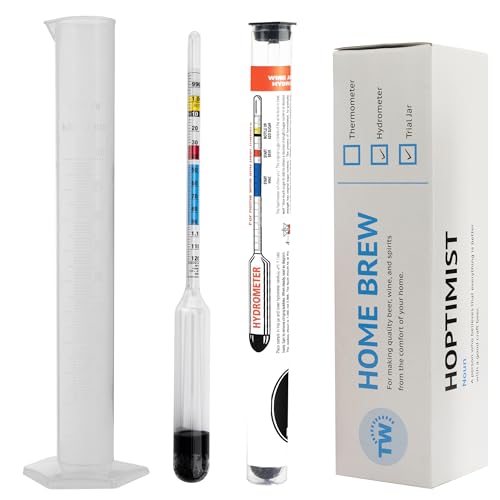Hi Folks
I bottled my Ausie Lager about 6 weeks ago using the PET bottles I got with my coopers kit, first week the bottles were stored at 22C then out in the shed - its been pretty chilly outside.
The thing is that the first couple of bottles tasted good, but a bit flat, I then had a couple of cracking pints where carbonation was good, I have now opened another bottle and its a bit flat. There are bubbles in the brew if you swill it around the glass, so I am a bit confused. I used the carbonation drops from the coopers kits and my brew seems a bit hit and miss.
Any suggestions to avoid this in future???
Regards
BrewBilly
I bottled my Ausie Lager about 6 weeks ago using the PET bottles I got with my coopers kit, first week the bottles were stored at 22C then out in the shed - its been pretty chilly outside.
The thing is that the first couple of bottles tasted good, but a bit flat, I then had a couple of cracking pints where carbonation was good, I have now opened another bottle and its a bit flat. There are bubbles in the brew if you swill it around the glass, so I am a bit confused. I used the carbonation drops from the coopers kits and my brew seems a bit hit and miss.
Any suggestions to avoid this in future???
Regards
BrewBilly







































